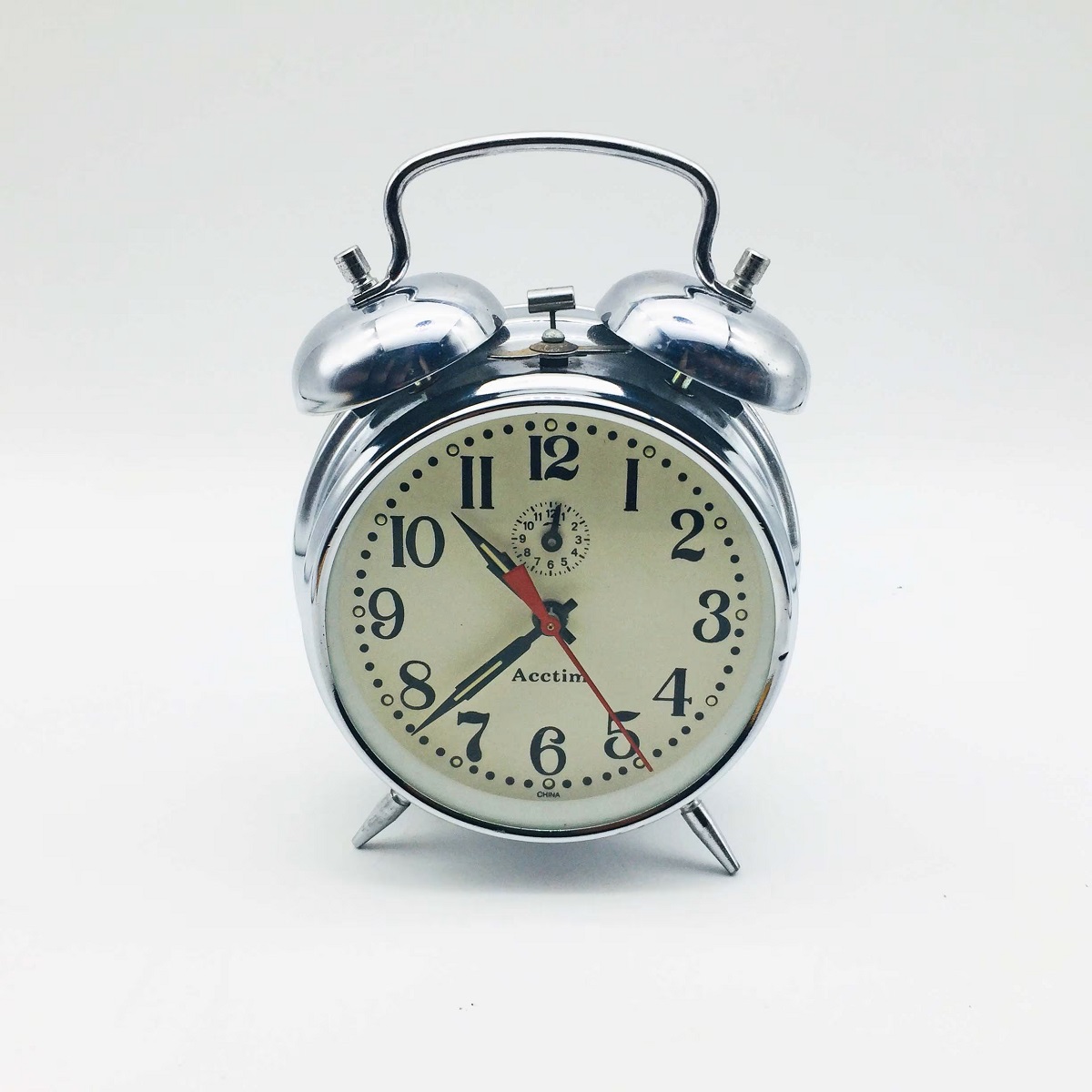

Articles
How To Set A Wind Up Alarm Clock
Modified: May 6, 2024
Discover the step-by-step process of setting a wind-up alarm clock in our informative articles. Never oversleep again with these handy tips!
(Many of the links in this article redirect to a specific reviewed product. Your purchase of these products through affiliate links helps to generate commission for Storables.com, at no extra cost. Learn more)
Introduction
There is something charmingly nostalgic about a wind-up alarm clock, with its ticking mechanism and reliable wake-up call. While digital clocks and smartphones have become the norm, many people still prefer the traditional wind-up alarm clock for its simplicity and old-world charm. Whether you’re a fan of vintage aesthetics or you simply appreciate the satisfaction of manually setting your alarm, learning how to set a wind-up alarm clock is a valuable skill.
In this article, we will guide you through the process of setting a wind-up alarm clock step by step. We’ll cover the necessary materials, how to set the time, wind the clock, set the alarm, and test the alarm to ensure it functions properly. So, if you’re ready to embrace the enchanting world of wind-up alarm clocks, let’s dive in!
Key Takeaways:
- Embrace the nostalgia and charm of setting a wind-up alarm clock, enjoying the tactile experience and reliable wake-up call it offers. Gather materials, set the time, wind the clock, and test the alarm for a delightful morning routine.
- Master the art of setting a wind-up alarm clock to savor the simplicity and elegance of vintage timekeeping. Set the time, wind the clock, and test the alarm for a charming and dependable wake-up companion.
Read also: 9 Superior Wind Up Alarm Clock for 2024
Gather the necessary materials
Before you begin setting your wind-up alarm clock, it’s essential to gather the necessary materials. Thankfully, the list is short and straightforward:
- Your wind-up alarm clock: Ensure you have the clock on hand, as each clock may have slightly different mechanisms and controls.
- Light source: Since most wind-up alarm clocks don’t have built-in illumination, it’s helpful to have a small flashlight or desk lamp nearby.
- A quiet and well-lit area: Find a calm and well-lit space where you can comfortably work on your clock without distractions.
Once you have these materials ready, you’re all set to move on to the next step: setting the time.
Set the time
Setting the time on a wind-up alarm clock is usually straightforward, but it may vary depending on the specific model. Follow these general steps to set the time:
- Locate the clock hands: Look for the hour and minute hands on the clock face. These are typically distinguished by their length and shape.
- Rotate the hands: Carefully rotate the minute hand clockwise to set the correct minute. Take note that some wind-up clocks may have a separate knob for adjusting the hands.
- Set the hour hand: Once the minute hand is set, gently move the hour hand to the correct hour. Ensure that the hour hand aligns with the correct numerical hour markers on the clock face.
- Double-check the time: Take a moment to double-check that the hour and minute hands are correctly synchronized and display the desired time.
Remember, wind-up alarm clocks don’t usually have a separate AM/PM setting, so ensure that you set the time accordingly (e.g., if it’s currently PM, set the hour hand to the afternoon hour).
If you’re unsure of the specific instructions for your wind-up alarm clock, refer to the manufacturer’s manual or search for a digital copy online. Keep in mind that some vintage models may have different mechanisms, so it’s always a good idea to consult the manual for accurate instructions.
Once you have successfully set the time, you can proceed to the next step, which is winding the clock.
Wind the clock
One of the distinctive features of a wind-up alarm clock is the need to manually wind the mechanism to keep it running. Here’s how to properly wind your wind-up clock:
- Locate the winding mechanism: Look for a small knob or keyhole on the back or side of your clock. This is where you will insert the key or turn the knob to wind the clock.
- Insert the key or grip the knob: Depending on the design of your clock, you will either use a specialized winding key or grasp the knob firmly with your fingers.
- Turn clockwise: Begin turning the key or knob in a clockwise direction. The resistance should gradually increase as you wind the mechanism. Apply gentle pressure and avoid forcing or over-winding the clock to prevent damage.
- Monitor the tension: Pay attention to the tension as you wind the clock. Most wind-up alarm clocks require daily winding, so stop turning the key or knob when you feel a slight resistance or notice that the clock’s mechanism is fully wound. Avoid winding it too tightly, as this can cause the mechanism to malfunction.
- Secure the key or knob: After winding the clock, remove the key or ensure that the knob is securely positioned. This will prevent accidental unwinding or damage to the clock’s mechanism.
It’s important to note that the frequency of winding may vary depending on the specific clock model. Some clocks may require winding every 24 hours, while others may last for 48 hours or more. Check the manufacturer’s instructions or consult the manual to determine the recommended winding interval for your wind-up alarm clock.
With the clock properly wound, you’re ready to move on to the next step: setting the alarm.
When setting a wind-up alarm clock, make sure to wind it fully by turning the key until it stops. Set the alarm time by turning the dial to the desired time, and ensure the alarm is switched on.
Set the alarm
Setting the alarm on a wind-up alarm clock is a crucial step to ensure you wake up on time. Here’s how to set the alarm:
- Locate the alarm time knob: Look for a separate knob or lever on the clock that controls the alarm. It is usually located on the back or side of the clock.
- Turn the knob or move the lever: Rotate the alarm time knob clockwise or move the lever to the desired alarm time. Pay attention to any indicators on the clock face that confirm the alarm is set.
- Set the alarm time: Ensure that the alarm time aligns with the current time indicated on the clock face. Adjust the alarm time accordingly to match your desired wake-up time.
- Test the alarm: After setting the alarm, it’s recommended to perform a quick test to ensure that it is functioning correctly. Simply move the alarm lever to the “on” position or activate any designated switch for the alarm function.
It’s important to note that some wind-up alarm clocks may have additional features related to the alarm, such as a snooze button. Consult the manual or manufacturer’s instructions to learn if your clock has any extra functions and how to use them.
Once you have successfully set the alarm, you’re now ready to test it and make sure it wakes you up as intended.
Test the alarm
Testing the alarm on your wind-up alarm clock is an essential step to ensure it functions correctly and wakes you up on time. Here’s how to test the alarm:
- Confirm the alarm is set: Double-check that the alarm is properly set and activated. Ensure that the alarm time aligns with your desired wake-up time.
- Find a safe testing location: Choose a location where you can safely test the alarm without disturbing others. Place the clock on a stable surface or near your bed.
- Set the volume: If your wind-up alarm clock allows you to adjust the alarm volume, ensure it is set to the desired level. Some clocks may have a separate volume control, while others have a fixed volume.
- Wait for the designated alarm time: Allow the clock to run until the designated alarm time is reached. Observe the clock closely to check if the hour and minute hands move accordingly.
- Listen for the alarm sound: When the alarm time arrives, listen for the alarm sound. Traditional wind-up alarm clocks often produce a distinctive ringing or buzzing noise to wake you up.
- Turn off the alarm: Once you’ve confirmed the alarm is working, turn it off to silence the sound. Refer to the clock’s instructions to learn how to stop the alarm.
If the alarm doesn’t activate or produce sound during the test, double-check that it is properly set and that the clock is wound. Also, ensure that the alarm function is not accidentally turned off or muted.
It’s a good practice to test the alarm periodically to ensure it functions reliably and wakes you up as intended. If you notice any issues or inconsistencies with the alarm, consult the user manual or contact the manufacturer for further assistance.
With the alarm successfully tested, you can now enjoy the reassurance of knowing that your wind-up alarm clock will wake you up promptly each morning.
Conclusion
Setting a wind-up alarm clock may seem like a throwback to simpler times, but it can bring a sense of nostalgia and charm to your daily routine. By following the steps outlined in this article, you can easily set, wind, and test your wind-up alarm clock to ensure a reliable wake-up call.
Remember to gather all the necessary materials, including your wind-up alarm clock and a light source, before you begin. Setting the time involves carefully adjusting the hour and minute hands to the desired position. Next, wind the clock by turning the knob or using a key in a clockwise direction until you feel slight tension.
Setting the alarm is crucial for ensuring you wake up on time. Locate the alarm time knob, set it to your desired wake-up time, and perform a quick test to check if the alarm sound is working correctly. Finally, make sure to test the alarm before relying on it for your morning routine.
Mastering the art of setting a wind-up alarm clock allows you to enjoy the simplicity and elegance of this vintage timekeeping device. So embrace the tactile experience, the gentle ticking, and the reliable wake-up call that a wind-up alarm clock offers.
Now that you have the knowledge and understanding of how to set a wind-up alarm clock, you can start your day with the assurance of a charming and dependable wake-up companion.
Wake up to the nostalgic charm of a wind-up alarm clock and savor the unique experience it brings to your mornings. Happy waking!
Mastered setting your wind-up alarm clock and ready for more? If you're on the hunt for modern options, our next article covers some fantastic choices. Dive into our guide on superior alarm clocks that promise to keep you punctual in 2024. Whether you're looking for features like innovative snooze settings or models that help heavy sleepers, you'll find the perfect match.
Frequently Asked Questions about How To Set A Wind Up Alarm Clock
Was this page helpful?
At Storables.com, we guarantee accurate and reliable information. Our content, validated by Expert Board Contributors, is crafted following stringent Editorial Policies. We're committed to providing you with well-researched, expert-backed insights for all your informational needs.

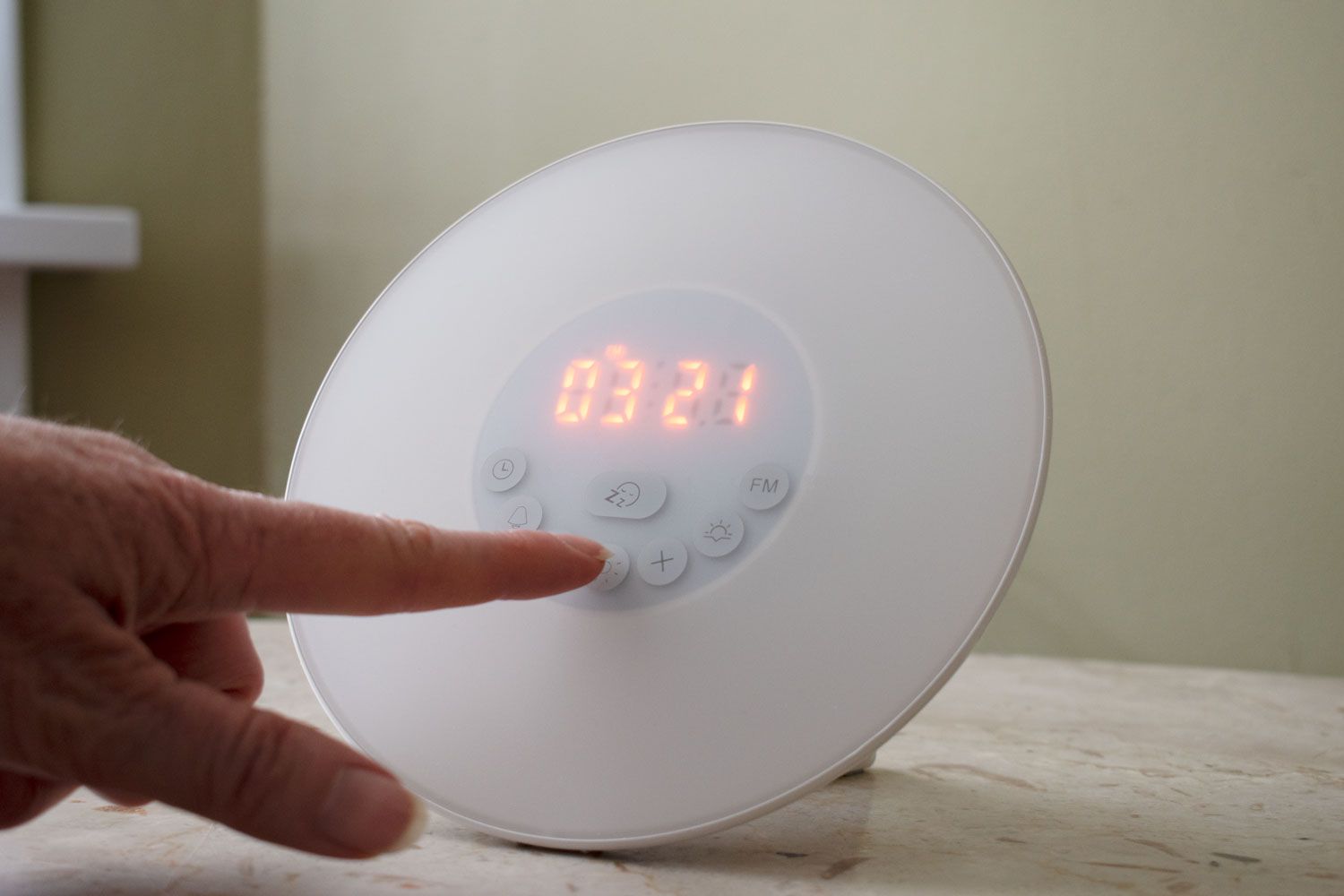
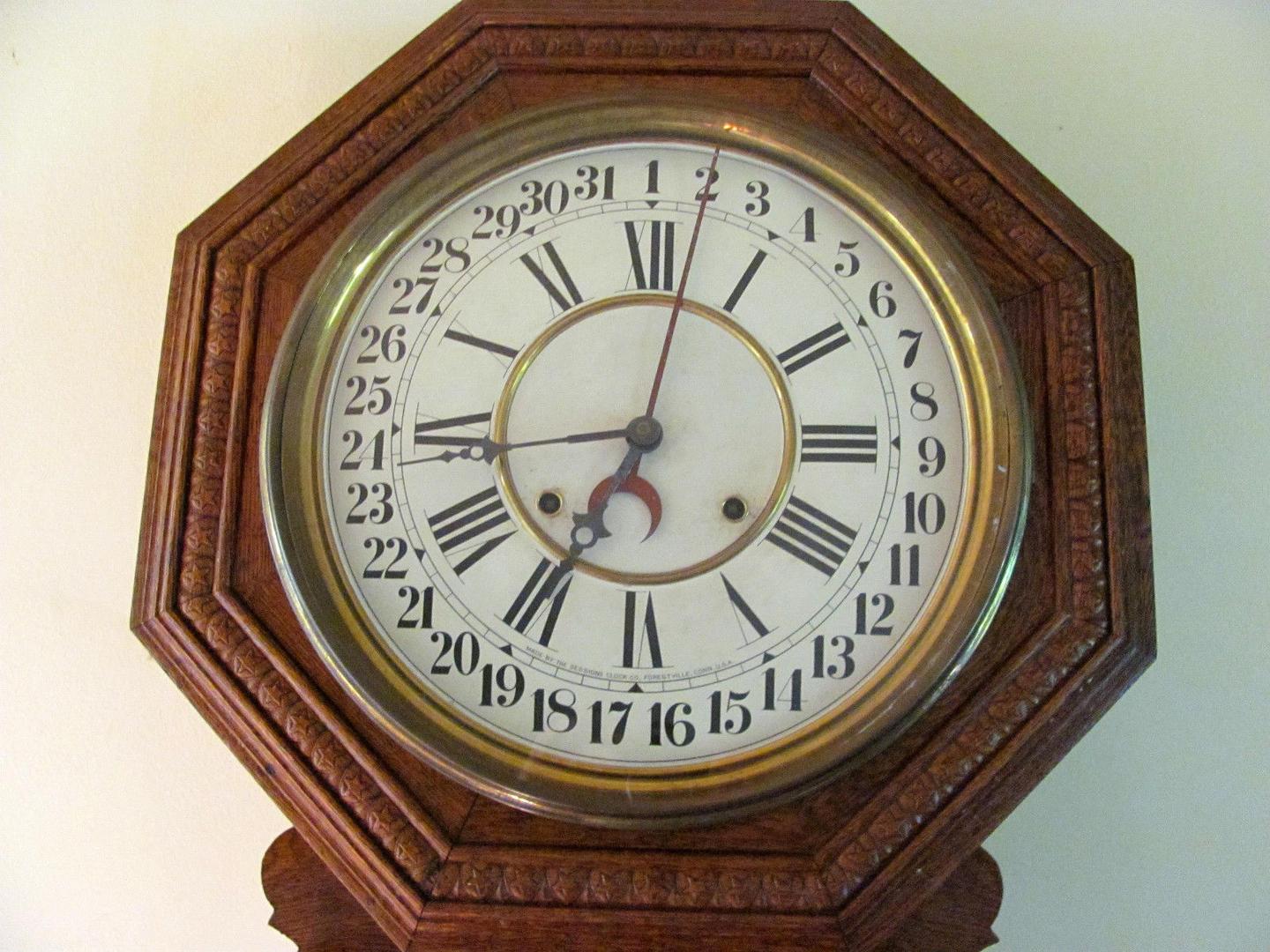



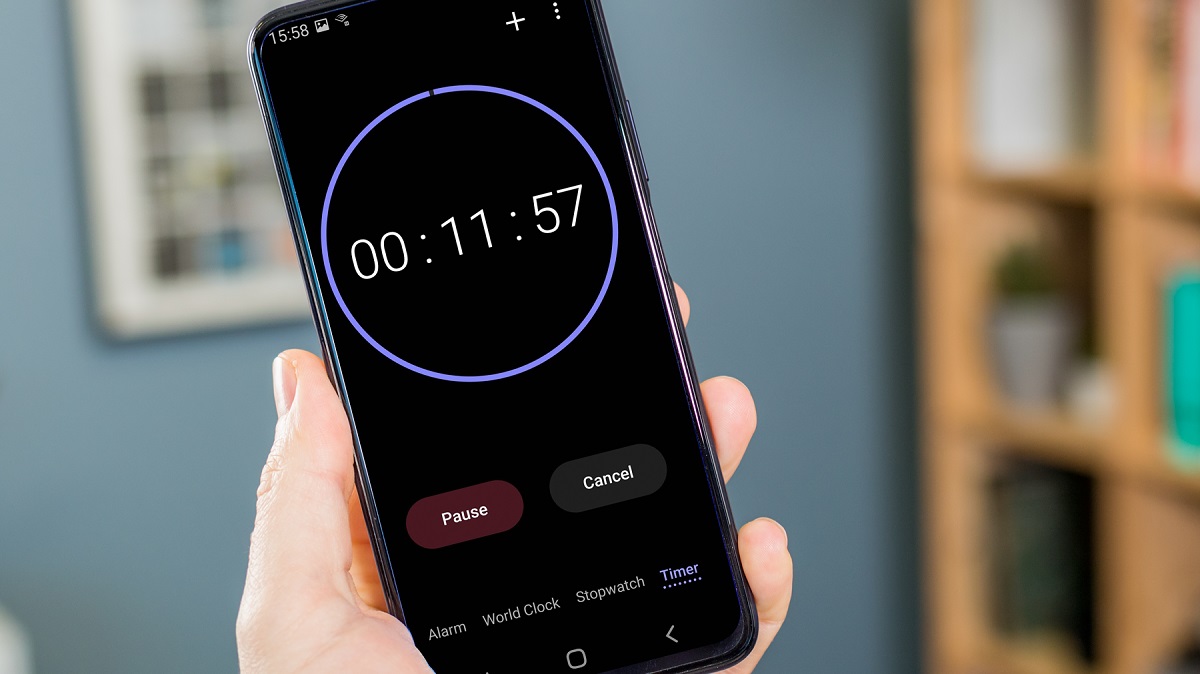
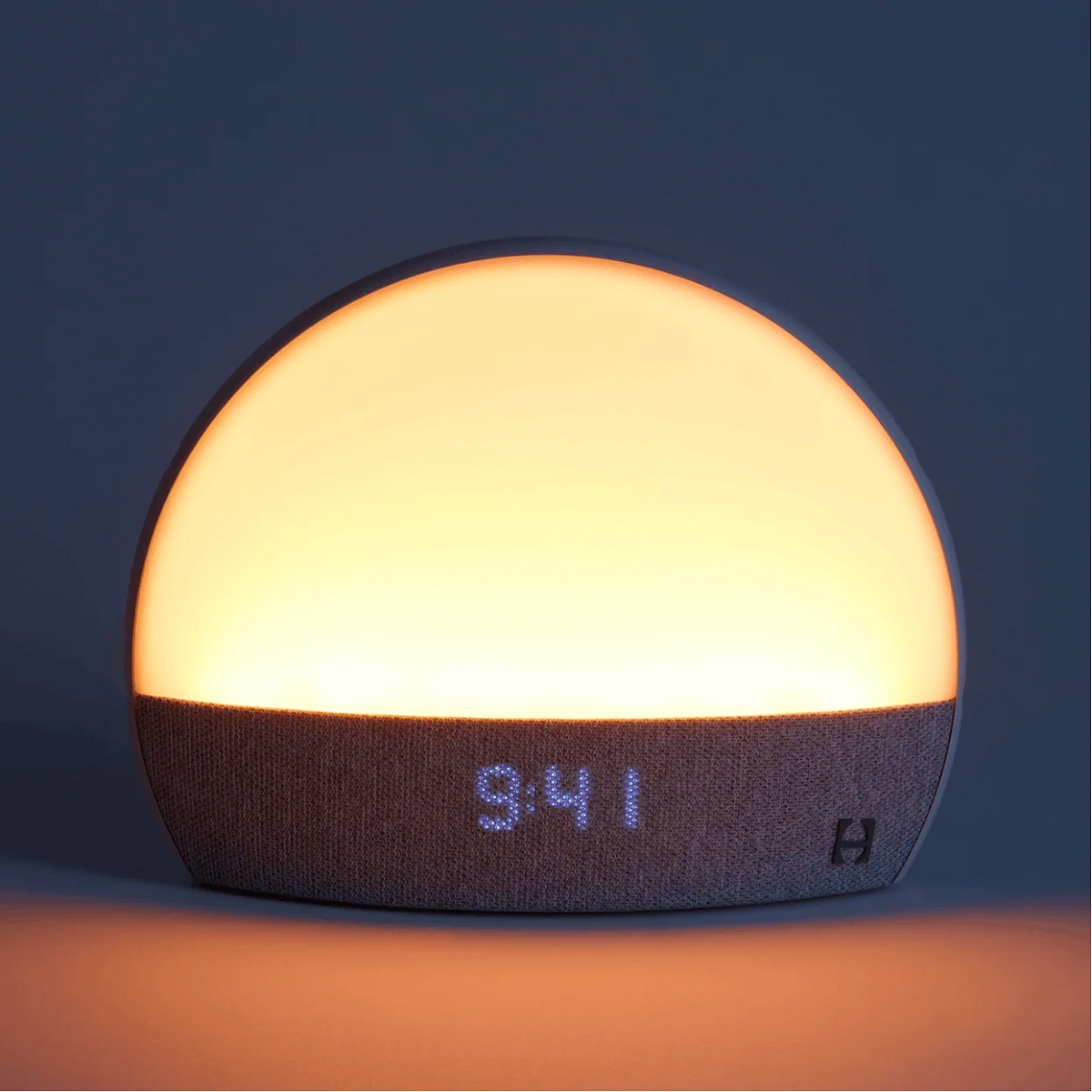
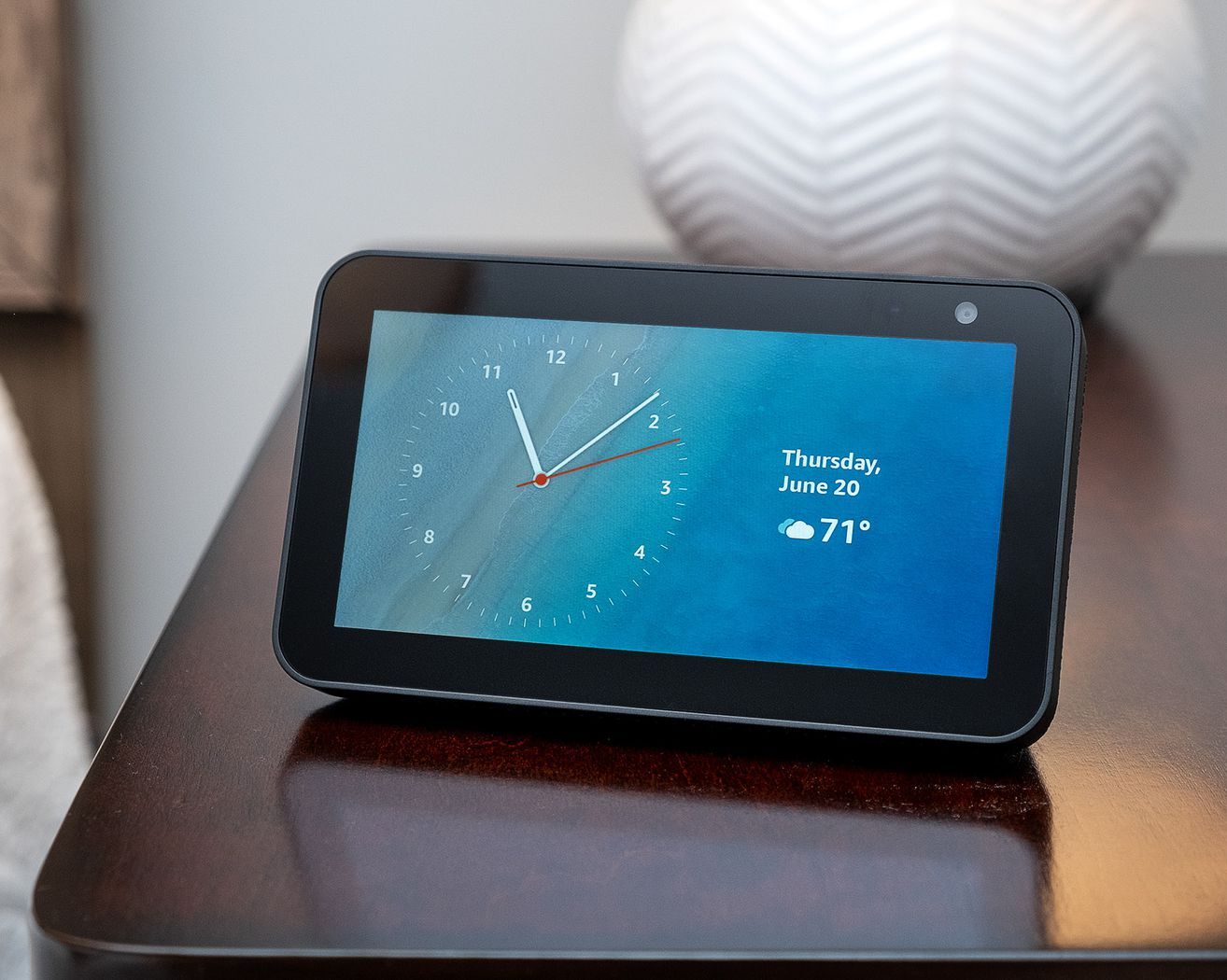
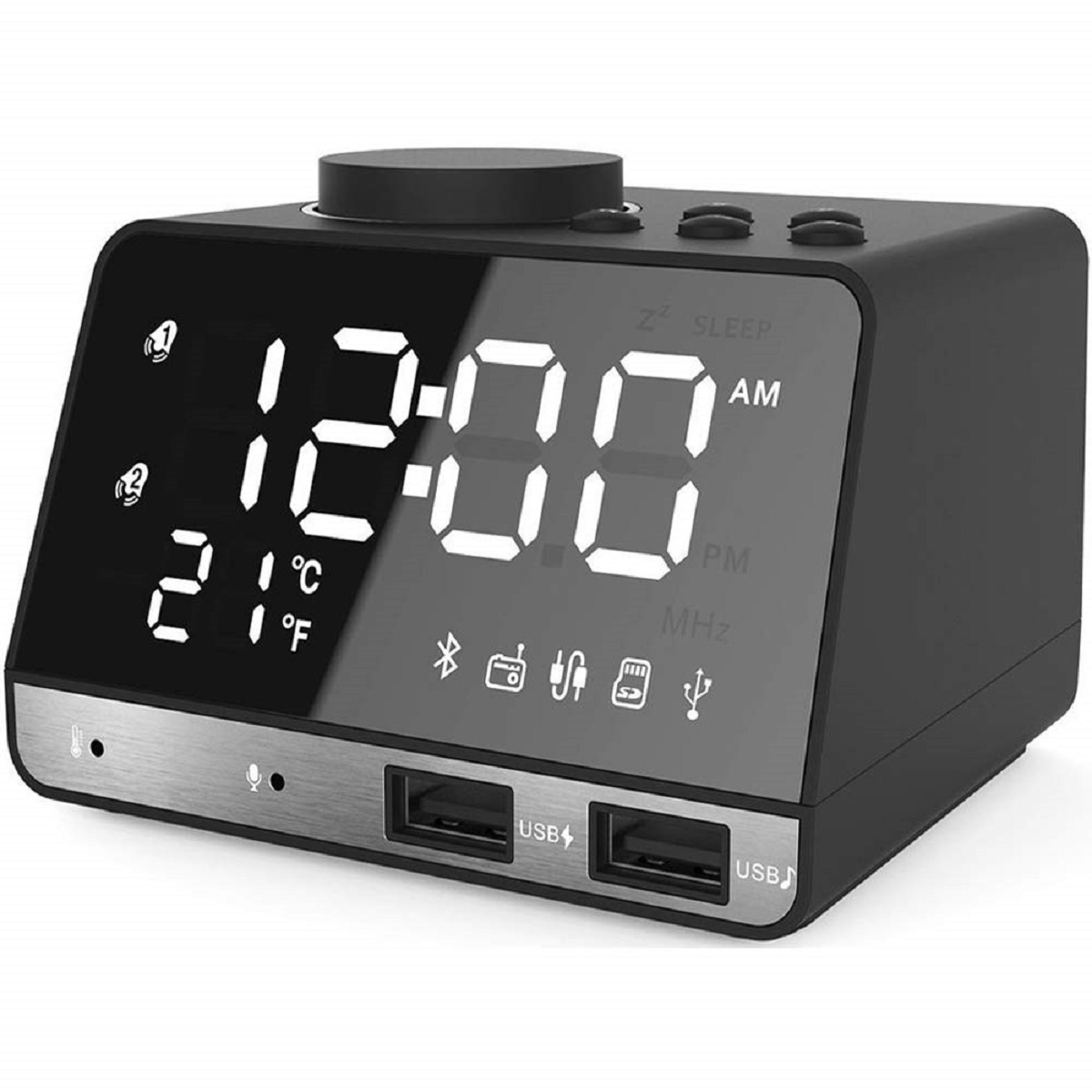

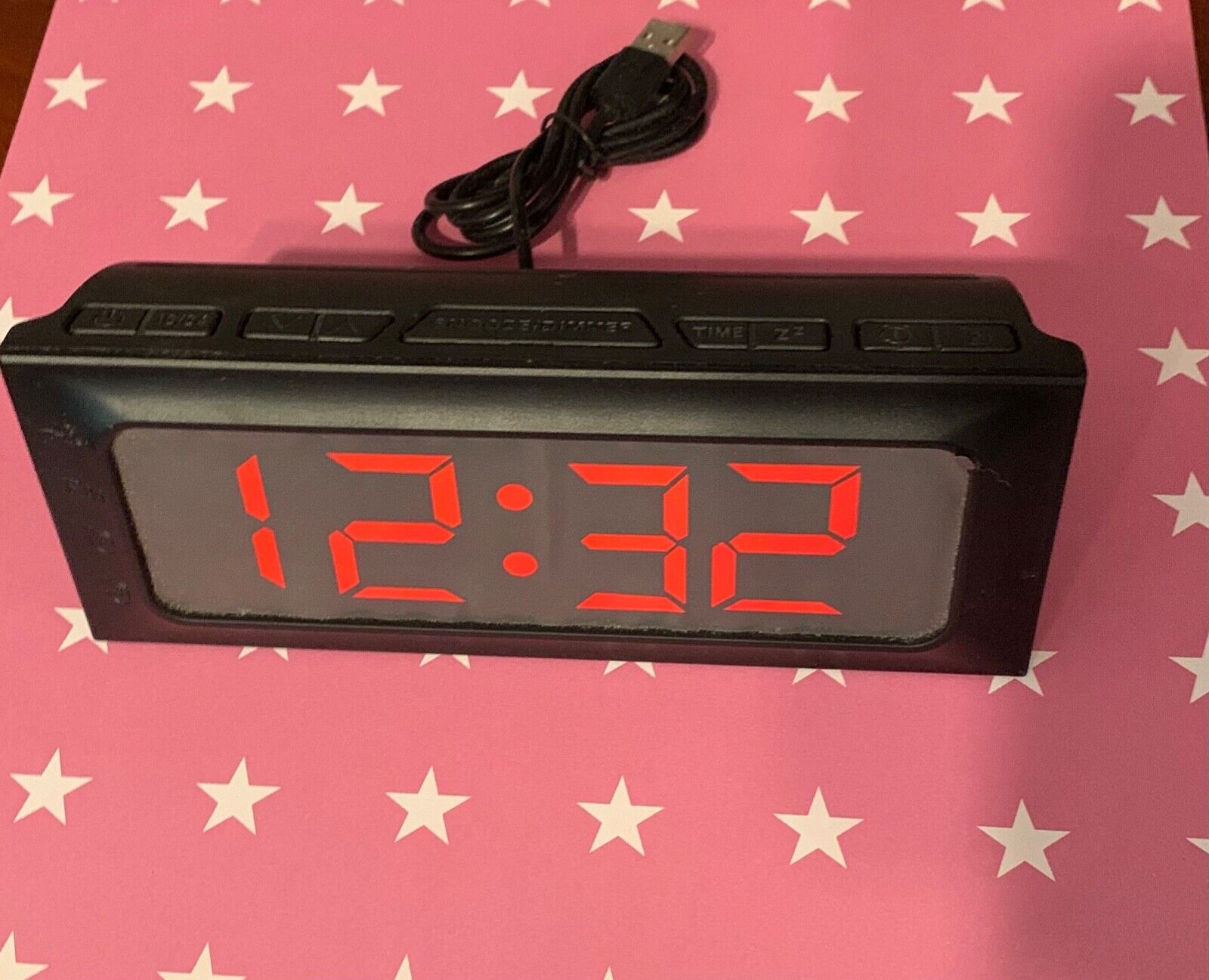
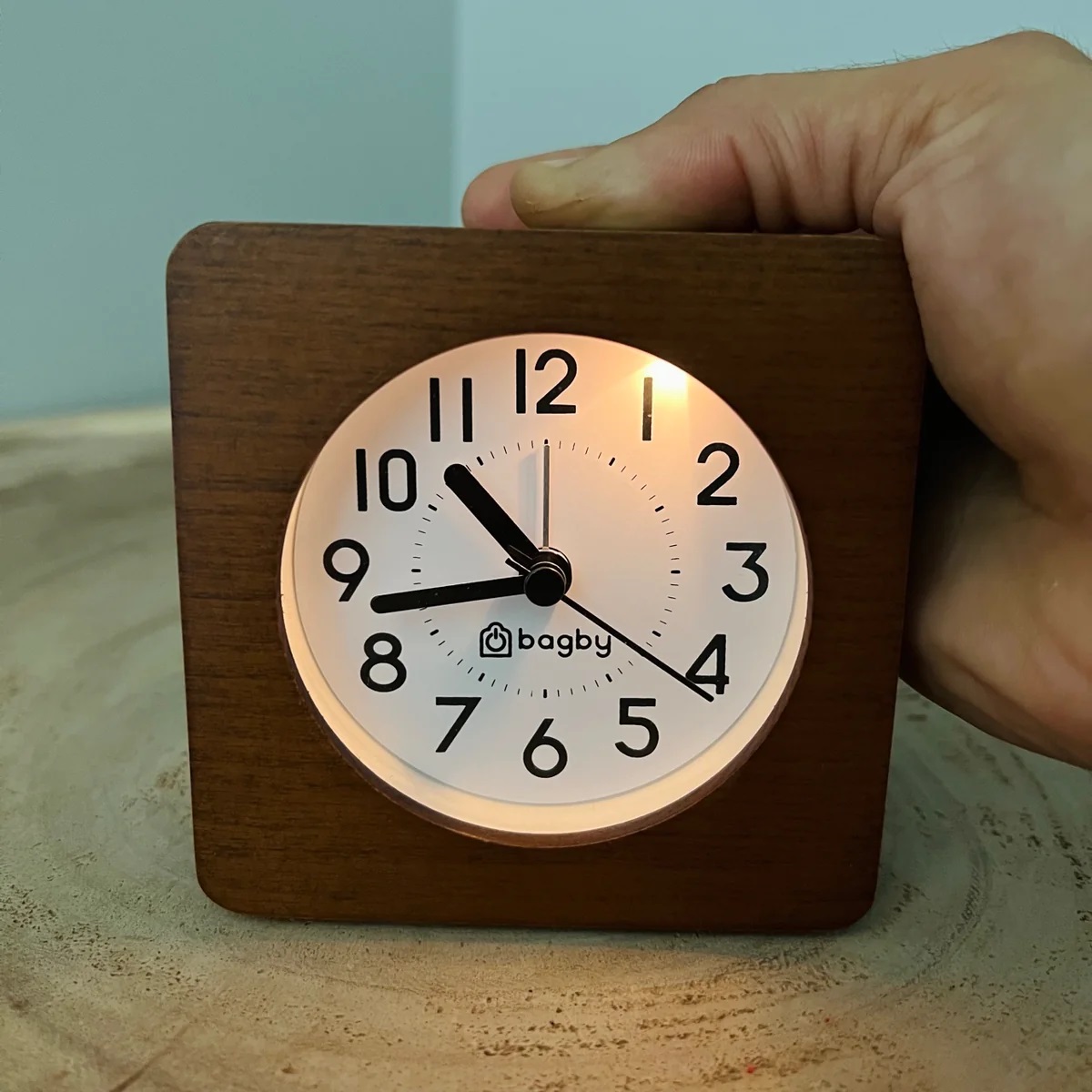


0 thoughts on “How To Set A Wind Up Alarm Clock”